The soft hum of a lullaby transcends time and geography, weaving a universal thread through the tapestry of human experience. From the bustling cities of modern metropolises to the remote villages nestled in mountain valleys, mothers have sung their children to sleep with melodies that carry more than just notes—they carry love, history, and the weight of generations. These whispered songs, often passed down through oral tradition, are not merely tools for soothing but are profound expressions of cultural identity and maternal devotion.
In every corner of the world, lullabies share a common purpose: to comfort and connect. Yet, their melodies and lyrics are as diverse as the cultures from which they spring. A Finnish tuutulaulu might tell of forest spirits, while a Nigerian Yoruba lullaby invokes ancestral blessings. The Irish sean-nós singing style lends a haunting beauty to its lullabies, contrasting with the rhythmic, call-and-response patterns found in many African traditions. Despite these differences, the underlying emotion remains strikingly similar—a mother’s voice, tender and unwavering, becomes the first introduction to language, rhythm, and emotional security.
The science behind lullabies reveals why these songs are so effective. Studies have shown that infants’ heart rates slow, and their breathing becomes more regular when listening to lullabies, even if the songs are in unfamiliar languages. The combination of slow tempo, repetitive structure, and gentle pitch mimics the rhythmic sounds of the womb, creating a sense of familiarity in a new and overwhelming world. Neuroscientists suggest that this early auditory stimulation plays a crucial role in cognitive development, laying the groundwork for language acquisition and emotional regulation.
Beyond their biological impact, lullabies serve as cultural time capsules. Many traditional lullabies contain lyrics that reflect the values, struggles, and hopes of their communities. For example, the Yiddish lullaby Rozhinkes mit Mandlen (Raisins and Almonds) subtly imparts lessons about resilience and faith, while the Hawaiian He Aloha Mele carries the soothing sounds of the ocean, embedding a connection to the natural world. These songs are not just for children; they are a way for mothers to voice their own joys and sorrows, often singing about absent fathers, economic hardships, or dreams for their child’s future.
In many indigenous cultures, lullabies are more than songs—they are spiritual acts. Among the Navajo, lullabies are considered a form of prayer, with mothers singing blessings for their children’s health and longevity. Similarly, in parts of India, lullabies often include invocations to deities, blending the sacred with the everyday. This spiritual dimension highlights how lullabies bridge the mundane and the divine, turning a simple bedtime ritual into a moment of profound significance.
Modern parenting has introduced new dimensions to the tradition of lullabies. While many families still cling to the old songs, others create personalized lullabies or adapt pop music into soothing nighttime renditions. Apps and streaming platforms now offer curated playlists of lullabies from around the world, making these cultural treasures accessible to a global audience. Yet, even as technology changes how we share music, the essence of the lullaby remains unchanged—the human voice, raw and unfiltered, conveying love in its purest form.
The universality of lullabies speaks to something deeper than cultural practice; it speaks to the shared human experience of nurturing and being nurtured. Whether sung in a high-rise apartment or a thatched hut, these melodies remind us that, despite our differences, the language of love is one we all understand. In a world often divided by borders and ideologies, lullabies stand as a testament to the enduring power of a mother’s voice—a sound that knows no boundaries.

By /Aug 7, 2025

By /Aug 7, 2025
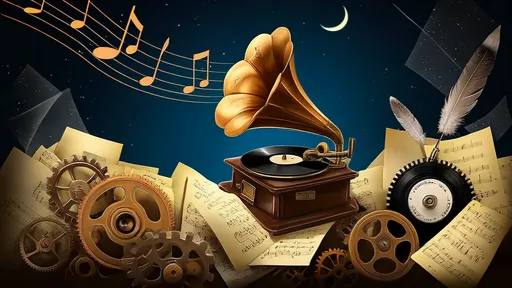
By /Aug 7, 2025

By /Aug 7, 2025
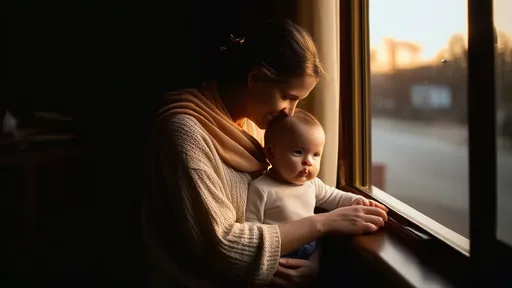
By /Aug 7, 2025

By /Aug 7, 2025
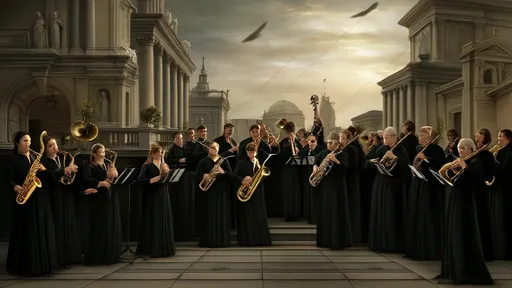
By /Aug 7, 2025

By /Aug 7, 2025

By /Aug 7, 2025
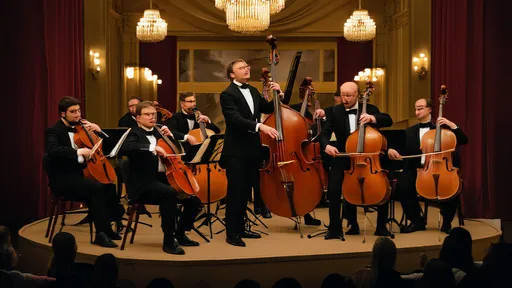
By /Aug 7, 2025

By /Aug 7, 2025

By /Aug 7, 2025

By /Aug 7, 2025

By /Aug 7, 2025

By /Aug 7, 2025
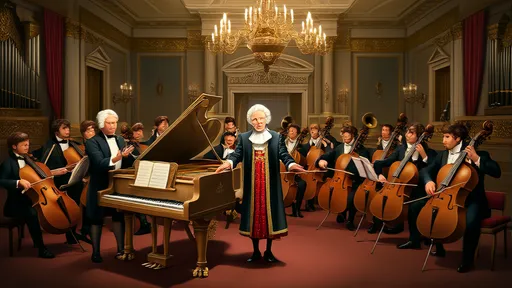
By /Aug 7, 2025

By /Aug 7, 2025

By /Aug 7, 2025

By /Aug 7, 2025

By /Aug 7, 2025